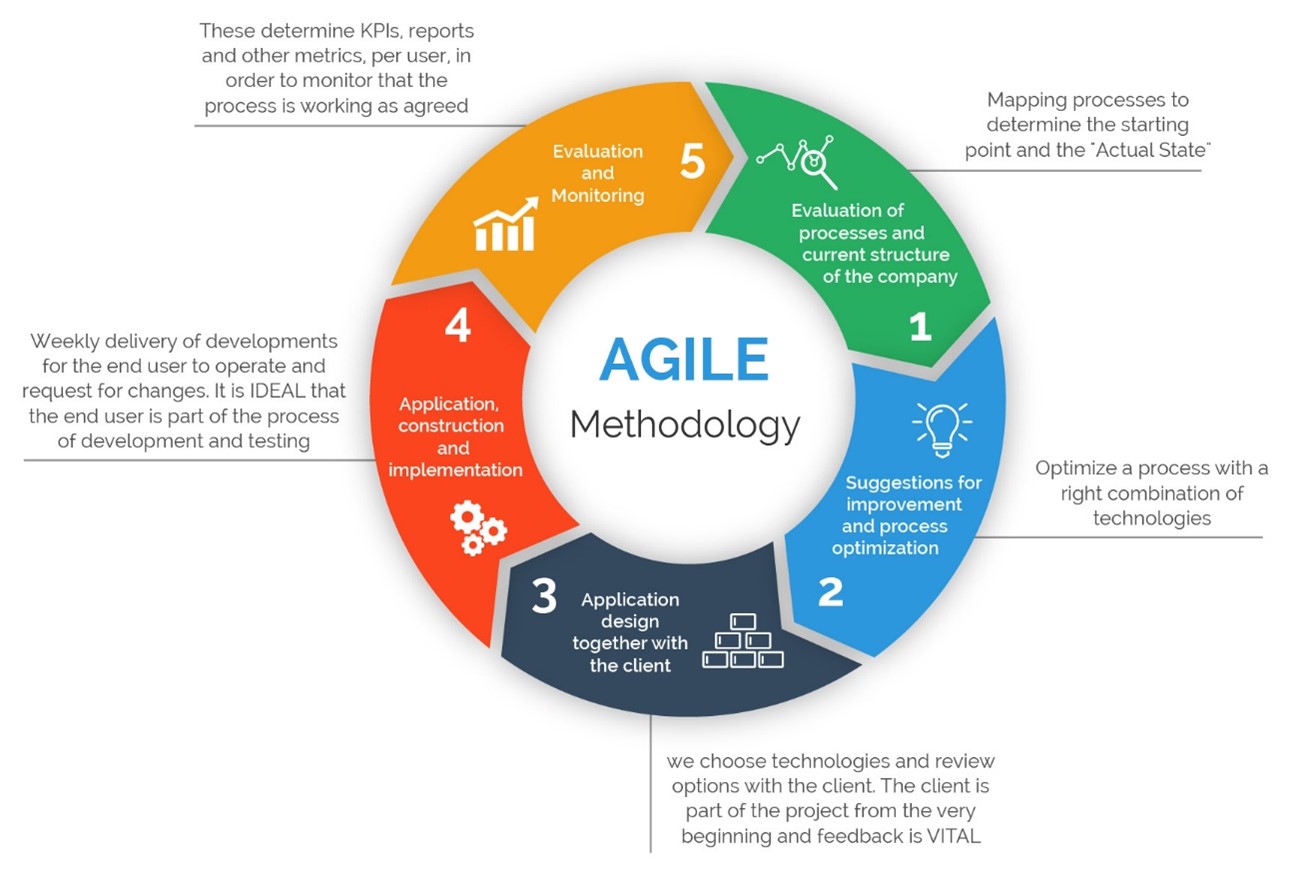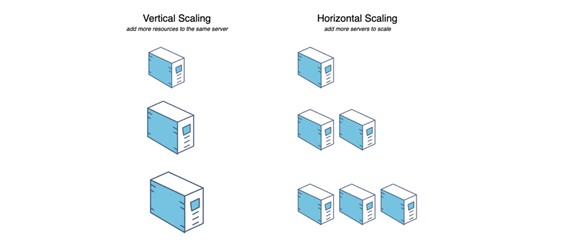
What you should look for in an app development software
Loads of platforms, scores of methodologies, and many cryptic concepts.
Afterall, what are the core features a modern app development software must possess?
So, you’re looking for an app development software. It must cater to your needs and provide you with enough flexibility to run your business whenever, wherever. The choice is, to put it mildly, monumental. Understandably, it is quite easy to feel lost and confused.
Settling on one single app development software is a complex task that requires weighing in an array of factors. Focusing on these 7 features allows business managers to narrow down their options from tens or even hundreds of programs to the vital few that suit their needs – even those that might not be apparent at first.
App development software with the right features
If you’re unsure of what to look for in an app development software, there are 7 key features every business manager should consider.
1. Low-code app development
One of the most appreciated qualities of low-code app development software is the faster delivery time of web and mobile apps. And while this is one of the big advantages of low-code, it is not the only one. The popularity of low-code is on the rise since this method enables non-technical departments to get directly involved in development—especially with enterprise-grade apps. This allows companies to increase productivity while simplifying the entire app development process. This is how enterprise-grade low-code speeds up Time to Market.
Still on the fence about low-code? See all you can build with low-code app development software.
2. Deployment options
There’s a lot to be said about on-site vs. cloud-hosted app development software. Both offer different opportunities and pose distinct challenges. As an example, cloud programming has long been regarded as the safest choice for data storage since it allows for far greater redundancies. However, the recent rise of ransomware attacks has shed a new light on the dangers of having sensitive information in the cloud, which is again turning some companies to local servers and storage options.
So, it is important to check whether each app development software allows you to make that choice. Is having total control—and total responsibility—over the development and deployment of your apps important? Or do you prefer more support and unrestricted access? Is there room to change your mind mid-development and should you prioritize flexibility?
At Near Partner, our team can guide you through the options that best suit your business model. We have hands-on experience working with leading companies around the world that are on the forefront of the battle for cybersecurity and data privacy.
3. Native support for Agile development
Spoiler alert if you are new to our blog: we love Agile (real Agile, we mean). In this day and age, Agile is the way to go and, and low-code and Agile go hand-in-hand (and if not, they should).
Just take a look at OutSystems: the whole method is Agile-based, and this is one reason why Outsystems is one of the most popular app development software in the world. The Agile development method is helping business deal with a fast-changing landscape of requirements, customer preferences, and technological updates. A modern app development software must offer native support for Agile development.

Source: Mcksinsey
4. Integrated debugging
There is an entire world of debugging to choose from–from tips & tricks to online courses, workshops, best-practices, and so on. When building an app, the debugging part can be quite time-consuming even for the best developers. Because of this, although not so easy to find, a modern app development software should include a debugger integrated in the platform to facilitate the developers’ efforts and allow backend users more freedom. Think about this when choosing your app development software.
5. Scalability through APIs
As organisations grow, the number of users or server requests will definitely increase as well. To ensure that your app development software has the ability to grow with your business without harming response time and throughput, make sure it offers an architecture that supports both vertical scalability (add more resources to the same server) sand horizontal scalability (add multiple servers).

Source: educative.io
Preparing for scalability also means your app development software should allow for API (Application Programming Interface) to be set in place. An API is a software intermediary that allows two applications to talk to each other. In other words, an API is the messenger that delivers your request to the provider that you’re requesting it from and then delivers the response back to you.
An API defines functionalities that are independent of their respective implementations, which allows those implementations and definitions to vary without compromising each other. Therefore, a good API makes it easier to develop a program by providing the building blocks.
In a similar way, we’ve helped the marketing team over at Globenet, a leading telecoms company, grow their Salesforce-based apps effortlessly amongst both sales teams and customers.
6. Real-time monitoring of app performance
The aim of a good app development software is to offer their users control over the entire application development cycle. Somethings to keep in mind while browsing for an app development software are real-time monitoring, test environments, feedback, dashboards, and other management tools. Outsystems is one such tool and our team can help you get the most of it. With Outsystems, everyone can take the first step, but speeding to the final destination requires a safe pair of hands – such as our very own Outsystems MVP and Champion! Get to know them.
7. Excellent integration capabilities
And finally, if you aren’t starting from scratch, you’ll want an app development software that integrates seamlessly with all your legacy systems, and with others you might need or want to use. This includes voice assistants, messaging platforms, REST, SOAP, databases, or cloud services. Also, look for compatibility with any device—which, in this multichannel world of today, should be a native feature. At Near Partner, we are always looking for new ways to perfect our Salesforce and Outsystems skills to deliver our customers the very latest in integration modules and responsive experiences.
Our advice?
At Near Partner we’ve worked with many platforms in hundreds of projects. Our consensus as professionals in the app development field is we totally stand by OutSystems.
In a nutshell, OutSystems provides:
- super-fast time-to-market;
- error-free in-cloud or on-premises app deployment;
- real-time monitoring and reporting of performance and usage;
- scalable applications through APIs;
- complete DevOps automation;
- integration with over 250 systems;
- native support for Agile development;
- integrated debugging engine;
- dedicated security incident response team;
Want to know a bit more about OutSystems? Check this article, but proceed with caution, you might get hooked!
But, hey!, we maybe a biased here. After years in the field, and loads of OutSystems projects, we became experts in it. And we still learn a lot with OutSystems because this train never stops too long at the same station.

OutSystems is a world-class enterprise-grade app development software that businesses should really look at. So, if you want to dive in the wonderful world of OutSystems and need some guidance, get in touch! We would love to brainstorm and help you design a path to success in your business. Drop us a message about our OutSystems services and let’s kick-start or revamp app development in your business.





